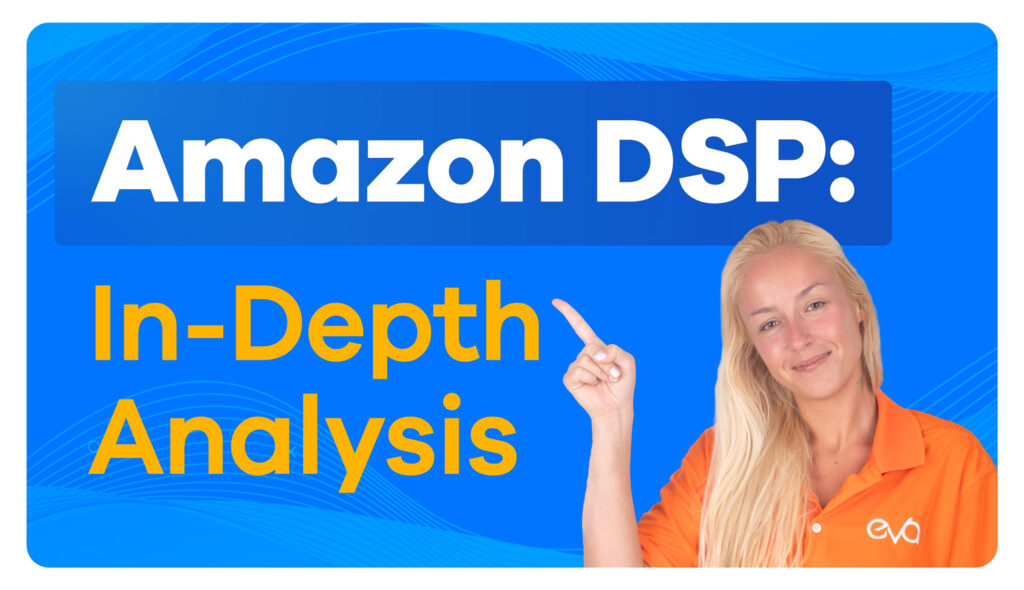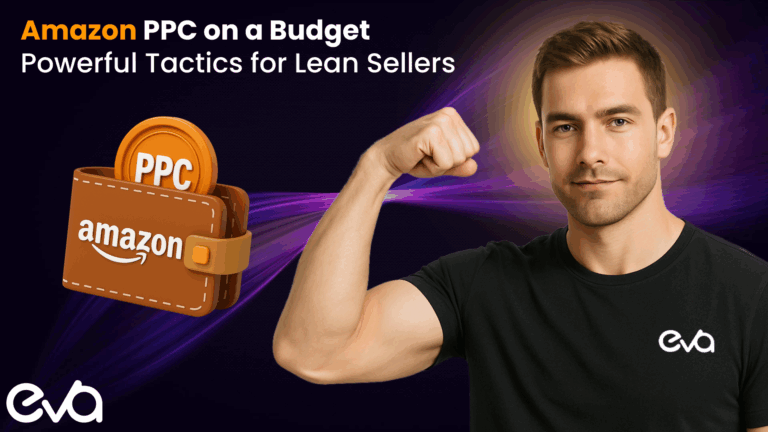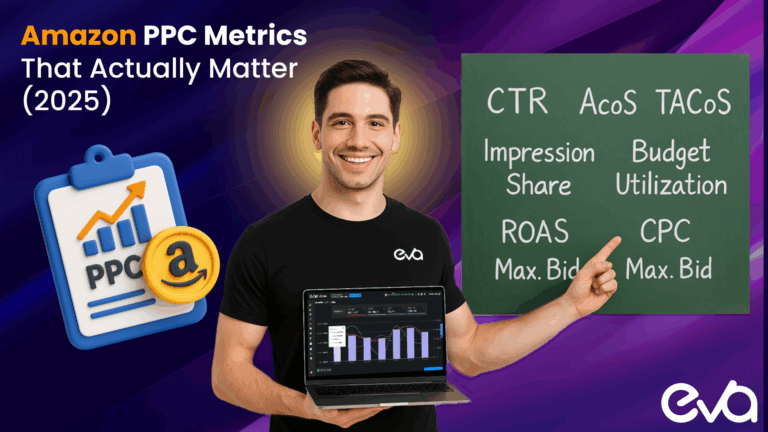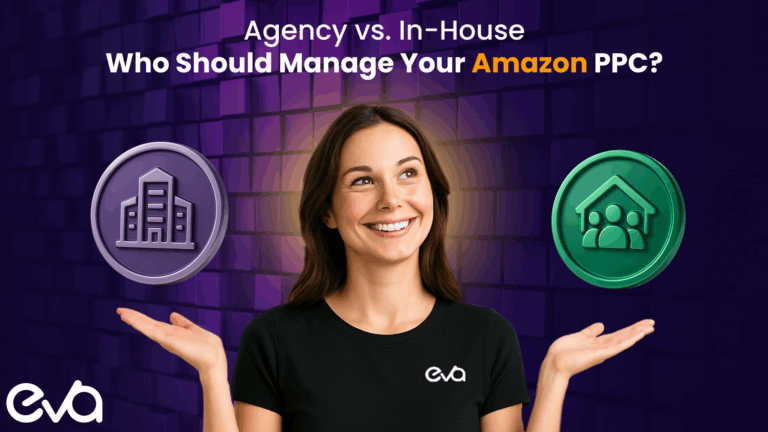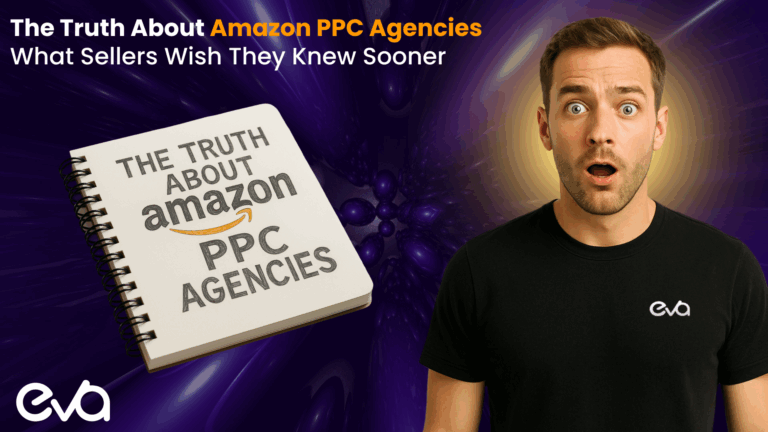If you’re venturing into the world of Amazon advertising, you’ve likely come across two primary advertising tools. Amazon Demand Side Platform (DSP) and Pay-Per-Click (PPC) advertising. The ongoing debate among advertisers and marketers is for these two powerhouses should be included in an effective Amazon strategy.
In this comprehensive guide, we will conduct an in depth analysis of DSP and PP. We will explore their key features, benefits, and effectiveness in helping you achieve your advertising goals on the Amazon platform.
As we delve into an analysis of Amazon DSP and PPC, our goal is to ultimately optimize your ad strategy.
Table of Contents
Understanding Amazon DSP
Amazon DSP, aka Amazon Demand Side Platform, is a programmatic advertising platform. It allows advertisers to buy ads programmatically on Amazon, and other sites that are part of the Amazon DSP network.
This type of advertising is perfect for brands that aim to increase their reach and target specific audiences based on their Amazon activity.
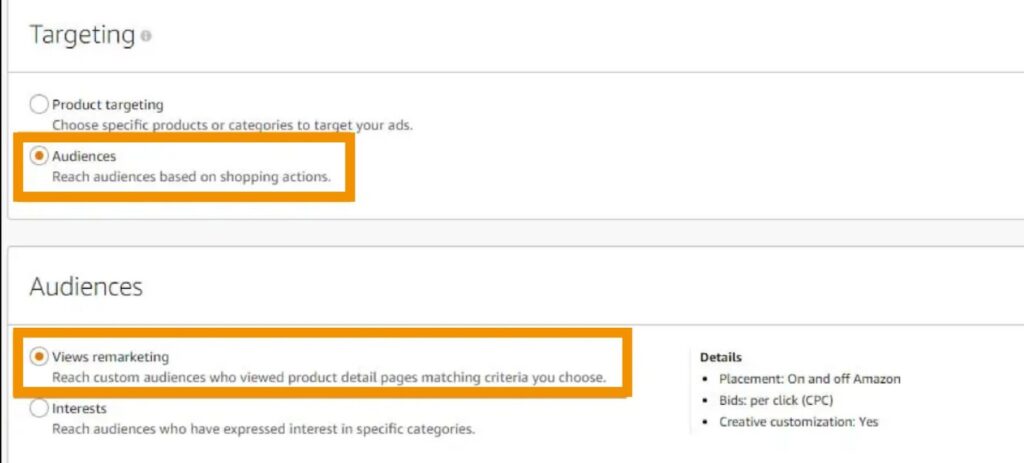
Key Benefits of Amazon DSP Advertising
Targeted Advertising
One of the major advantages of Amazon DSP is its ability to offer highly targeted advertising. Amazon DSP can leverage the vast pool of data that Amazon collects about customer behaviors, demographics, and purchase history.
This data driven approach allows you to pinpoint your most relevant audience, enhancing the efficiency of your ad campaigns.
By targeting the right customers at the right time with personalized ads, you can maximize your ad spend, increase the chances of converting browsers into buyers, and foster customer loyalty.
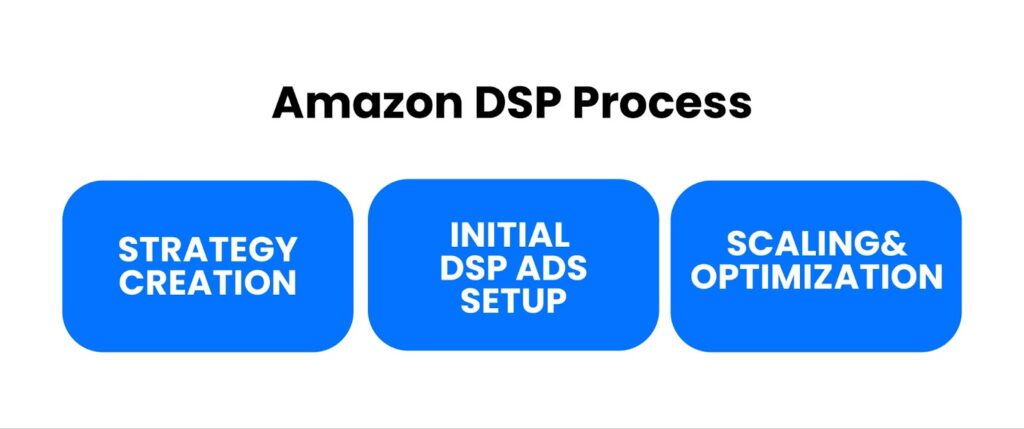
Extended Reach
Amazon DSP isn’t limited to just Amazon’s platform. It extends your advertising reach across a wide network of third-party websites, mobile apps, and even connected TV devices.
This capability lets you tap into new potential customers who may not be actively browsing on Amazon but could still be interested in your offerings.
By pushing your ads beyond the Amazon ecosystem, you engage potential customers across the web, amplifying your brand awareness & impact.
Advanced Targeting Options
Apart from demographic and behavioral targeting, Amazon DSP offers more advanced targeting options like retargeting and lookalike audience targeting.
Retargeting allows you to show ads to users who have already interacted with your brand or product, keeping your brand top of mind and increasing the likelihood of a purchase.
Lookalike audience targeting, on the other hand, helps you reach new users who share characteristics with your existing customers, enhancing the effectiveness of your advertising strategy by connecting with individuals most likely to be interested in your product.

Cross-Device Advertising
Amazon DSP’s cross-device capabilities are another standout feature. Nowadays, consumers use multiple devices in their shopping journey, and DSP allows you to connect with potential customers whether they’re on smartphones, tablets, or desktops.
This kind of reach ensures you engage with your audience at multiple touch points, fostering a seamless shopping experience. Whether they’re commuting with a smartphone or browsing at home on a desktop, your ads can be there, increasing your opportunities for conversions.
These key benefits of Amazon DSP make it a potent tool in your advertising arsenal, particularly when it comes to precision-targeting, extended reach, and multi-device visibility.
What’s PPC All About?
On the other hand, Amazon PPC, short for Pay-Per-Click, is a model where advertisers only pay when their ads are clicked. PPC includes Sponsored Products, Sponsored Brands, and Sponsored Display Ads. It’s an effective method for driving immediate traffic to your products and gaining visibility.
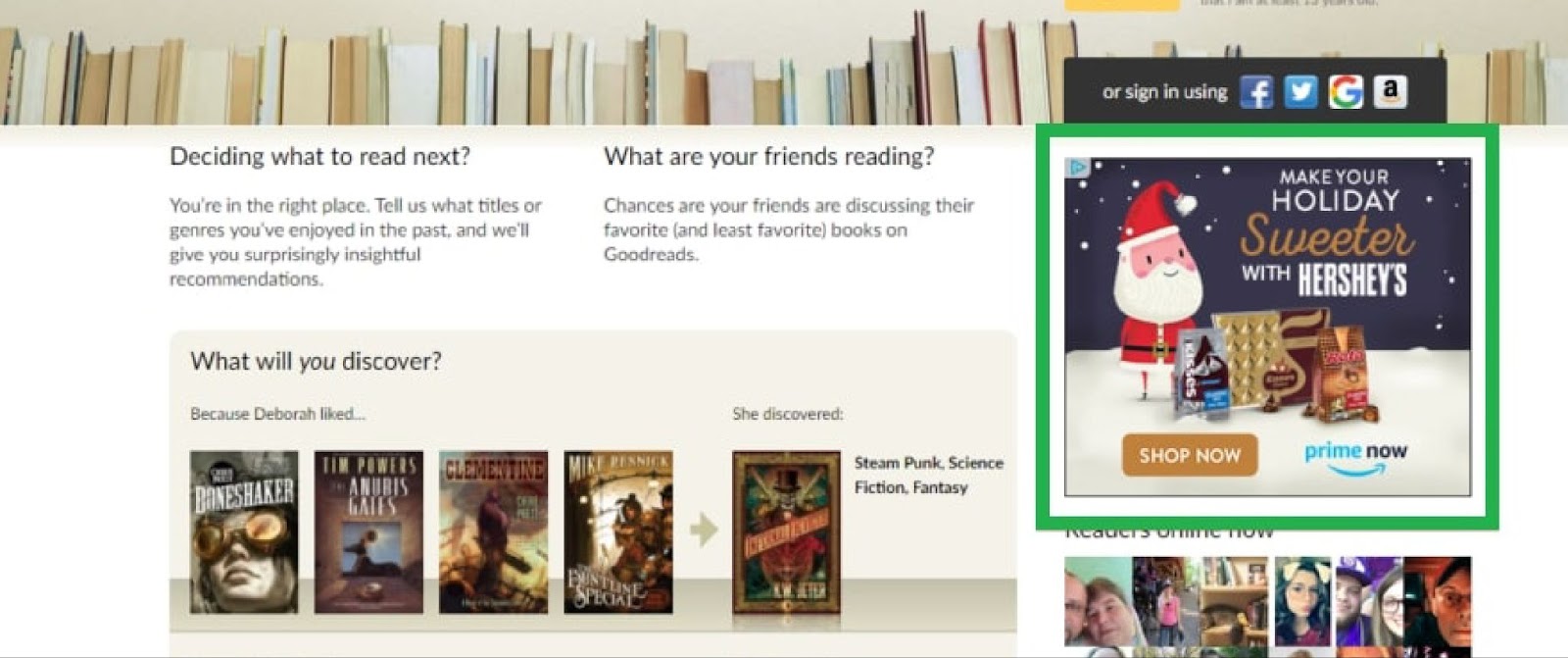
Key Benefits of Amazon PPC Advertising
Budget Control
One of the key strengths of Amazon PPC is the remarkable control it offers over your advertising budget.
Unlike some advertising models where you pay for impressions, PPC operates on a cost-per-click model. You are charged only when a shopper clicks on your ad, ensuring that your budget is spent on tangible interactions with potential customers.
Moreover, you can set daily budgets and adjust them at any time based on your campaign performance. This level of budget control ensures your advertising investment aligns with actual results, providing a clear view of your ROI.

Immediate Visibility
Amazon PPC is highly effective in providing instant visibility for your products. Your ads can appear at the top of search results or on product detail pages, enhancing your product’s visibility among a sea of competitors.
This immediate visibility drives traffic directly to your Amazon listings, helping to increase sales, particularly during high competition periods like product launches or seasonal shopping times.
The more visible your products are, the higher the chance of attracting clicks and potential conversions.
Keyword Visibility
Amazon PPC is also a powerful tool for gaining valuable insights into customer search behavior. It provides detailed data on which keywords customers are using to find products similar to yours on Amazon.
These insights can inform your keyword strategy, helping you optimize your product listings and ad campaigns for these high-performing keywords. As you refine your keyword strategy, your products gain improved organic visibility.
This means your listings can continue to attract and convert shoppers even outside of your paid ad campaigns, leading to a cycle of increased visibility and sales.

Ad Placement Control
Lastly, Amazon PPC gives advertisers control over ad placement within Amazon’s search results. This feature lets you strategically position your products to be where they are most likely to get noticed by potential buyers.
Whether it’s at the top of search results, on product detail pages, or even on competitor listings, having control over where your ad appears increases the chances of capturing customer attention, generating clicks, and ultimately driving conversions.
These key benefits make Amazon PPC a valuable part of an Amazon seller’s advertising strategy. It offers granular budget control, immediate visibility, valuable keyword insights, and control over ad placement, making it a powerful tool for driving traffic and sales.
Amazon DSP vs. PPC: Key Differences
When weighing up Amazon DSP against PPC, it’s crucial to understand that these two platforms, while sharing the common goal of advertising products, cater to distinct strategies and may yield different results.
Reach and Audience Targeting
One of the defining features of Amazon DSP is its capability to reach a broader audience and target more specifically.
By leveraging Amazon’s massive data pool, DSP can identify and target audiences based on a myriad of factors such as customer behavior, demographics, and purchase history. This precision targeting is valuable for building brand awareness and growing your customer base.
On the contrary, while PPC may not offer as wide a reach or specific audience targeting, it is highly effective for driving immediate traffic to your products and achieving quick results. PPC is especially potent for products with high conversion rates where the primary goal is sales generation rather than audience building.
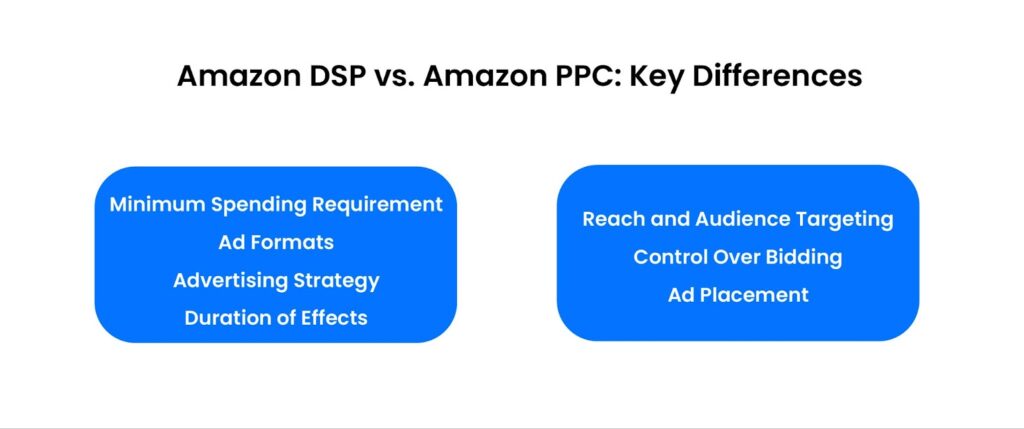
Control Over Bidding
Amazon PPC allows you to have granular control over your bids, meaning you set your own maximum bid for each keyword.
This control can allow for precise budgeting and ad spend efficiency. However, with Amazon DSP, Amazon’s algorithms determine when and where your ads are displayed based on your set budget, target audience, and campaign objectives.
While this may seem to afford less control, it utilizes Amazon’s machine learning capabilities to optimize ad placements and increase the likelihood of reaching and engaging your target audience.
Ad Placement
One distinct difference between Amazon DSP and PPC is the range of ad placements.
Amazon PPC ads only appear on Amazon’s website and app, meaning they are primarily visible to users actively browsing on Amazon. However, Amazon DSP has a much wider range of ad placements.
DSP ads can be displayed on Amazon, third-party websites in the Amazon DSP network, Amazon-owned sites (such as IMDb), and on Amazon devices like Fire TV.
This expanded range gives DSP ads the ability to reach consumers across a variety of digital touchpoints, potentially engaging users who may not currently be shopping on Amazon but are part of your target audience.
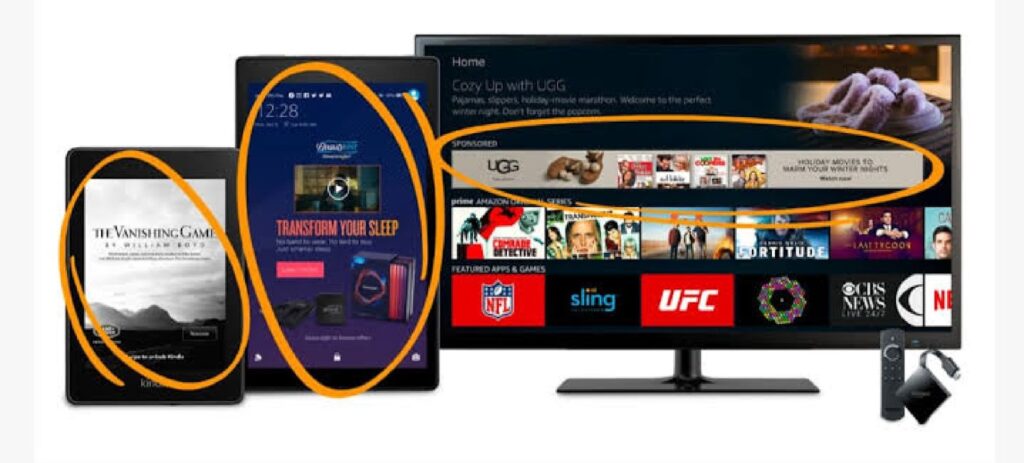
Minimum Spending Requirement
Amazon DSP typically has a minimum spend requirement, which can be as high as $35,000, depending on your contract.
While there is a self-service option that doesn’t have this requirement, the higher cost of DSP may be a barrier for smaller businesses or those with limited ad budgets.
On the other hand, Amazon PPC does not have a minimum spending requirement, making it a more accessible option for businesses of all sizes.
Ad Formats
In terms of ad format variety, Amazon DSP offers more options than PPC. Amazon PPC provides three ad formats: Sponsored Products, Sponsored Brands, and Sponsored Display.
These ad formats are designed to showcase individual products or brands, driving traffic to your Amazon listings. In contrast, Amazon DSP provides a wider variety of ad formats, including video and audio ads, mobile interstitial ads, custom ads, and more.
These diverse ad formats can provide a richer, more varied ad experience, allowing you to engage with audiences in different ways and across different devices.
Advertising Strategy
When comparing Amazon DSP vs. Sponsored Display, it’s clear that they cater to different advertising needs.
Sponsored Display, a component of the PPC model, works best for direct response campaigns where immediate engagement and click-through are the goals. In contrast, Amazon DSP adopts a more holistic approach to advertising.
With greater control and flexibility over ad delivery, DSP is well-suited to long-term brand building and audience engagement strategies.
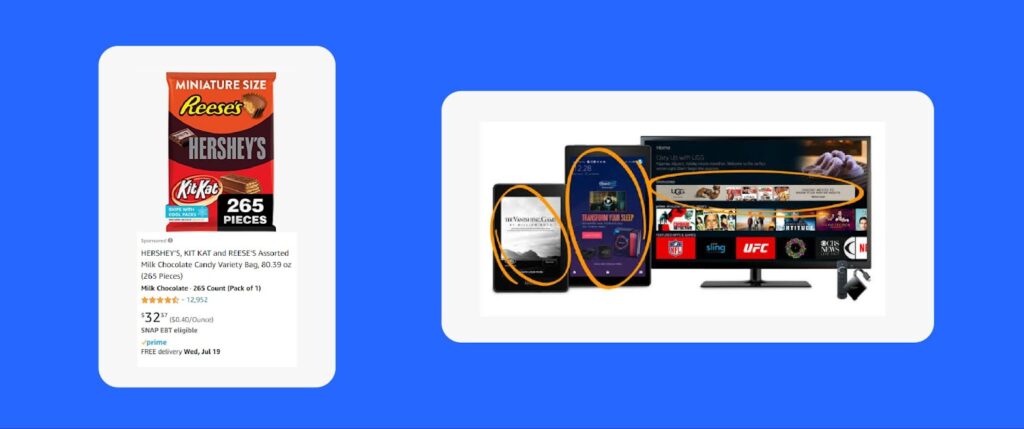
Duration of Effects
Amazon PPC is widely recognized for its capacity to provide immediate visibility and short-term results.
This is because the PPC model operates on a system where your ads stop running once your specified budget is exhausted. It’s akin to turning on a faucet; the water (or in this case, the visibility for your ads) flows as long as there’s a supply (your budget).
Once the budget runs out, the visibility stops. This model can be incredibly effective when you have a new product launch or a promotional event and you want to drive immediate traffic and sales.
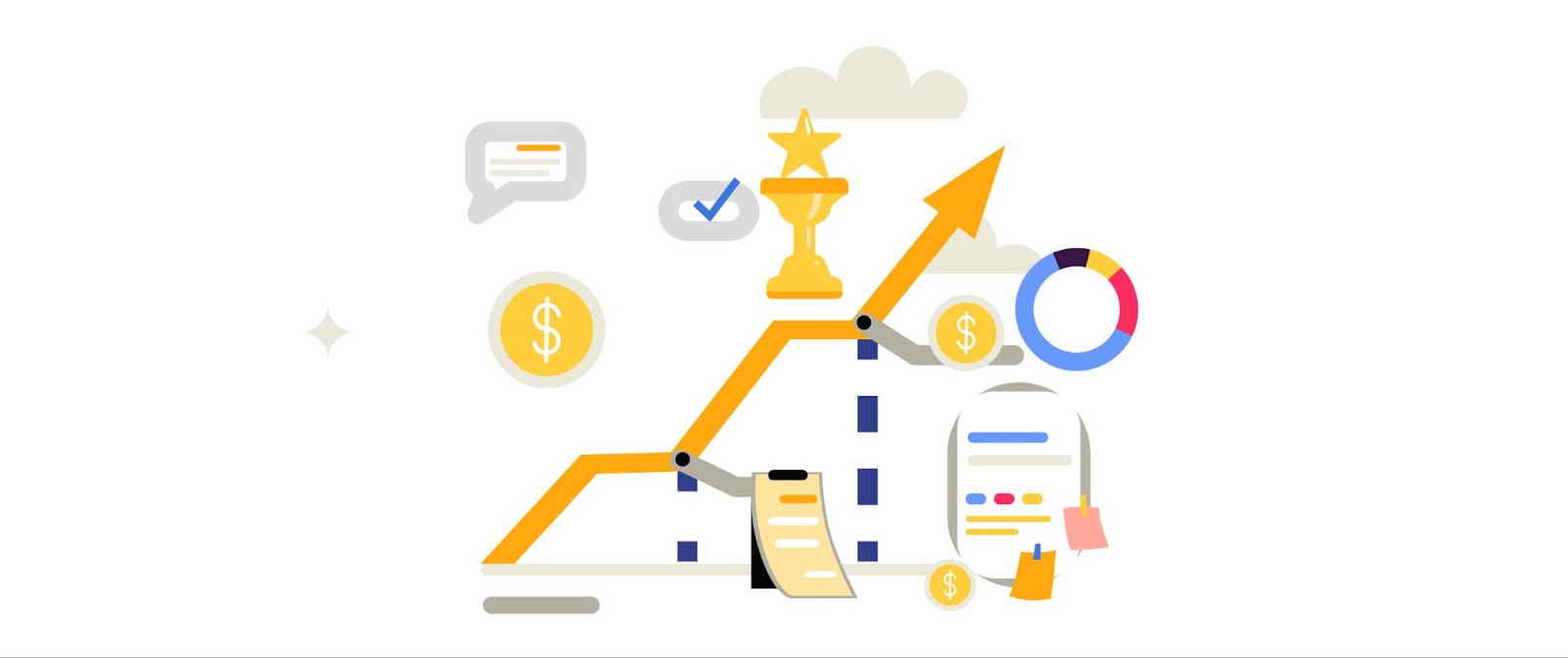
However, the downside of this immediate-result approach is that the benefits of your advertising efforts may decline rapidly once your PPC campaign ends. The visibility and traffic driven by the campaign often decrease when the ad stops running, making the effects of PPC advertising more ephemeral.
Conversely, Amazon DSP is known for providing more long-lasting effects. This is primarily due to the nature of DSP advertising, which focuses more on brand awareness and audience building.
DSP campaigns aim to engage users across various touchpoints, and over a longer duration, ingraining brand recognition and preference among target audiences. As such, the results of a DSP campaign can continue to bear fruit long after the campaign has ended.
This is because once a customer becomes aware of and develops a preference for your brand, they’re more likely to search for and buy your products even without seeing an active ad.
Finally, DSP’s ability to target specific audiences based on their behavior, preferences, and previous interactions with Amazon allows the platform to provide a more personalized ad experience. This targeted approach can result in better engagement, leading to higher conversion rates over the long term.
Which Should You Choose?
Overall, when choosing between Amazon PPC and DSP, advertisers need to carefully consider their goals. If the aim is to achieve immediate results, such as driving rapid sales for a time-limited promotion, PPC may be the better choice.
If the objective is to build a strong, recognizable brand and engage a specific audience over a longer period, DSP’s targeted advertising and wider reach could offer the most value.
As with most marketing decisions, understanding your specific goals and the unique benefits of each platform is key to making an informed decision.
Conclusion
No one-size-fits-all approach works in Amazon advertising. It’s about understanding the tools at your disposal and using them to complement your unique strategy. We hope this analysis has clarified what Amazon DSP and PPC entail, and will help you navigate your choices better.
For a comprehensive advertising solution, reach out to us to learn how we use AI at Eva to enhance our client’s advertising strategies by focusing on increasing traffic, conversion & profits on Amazon.

